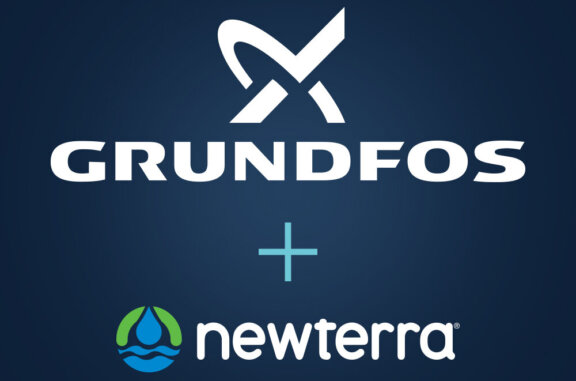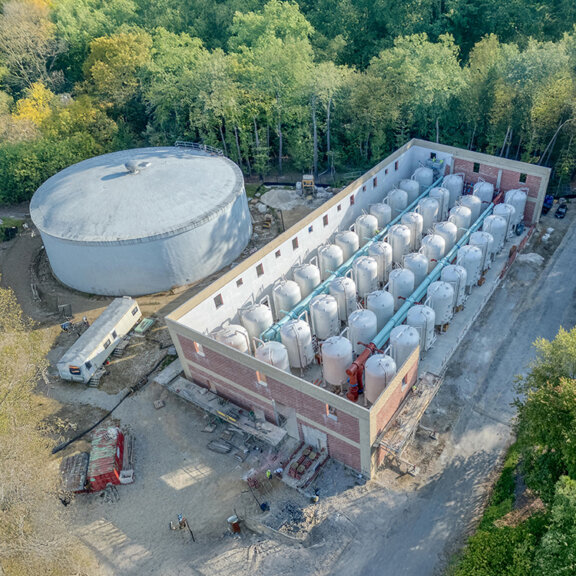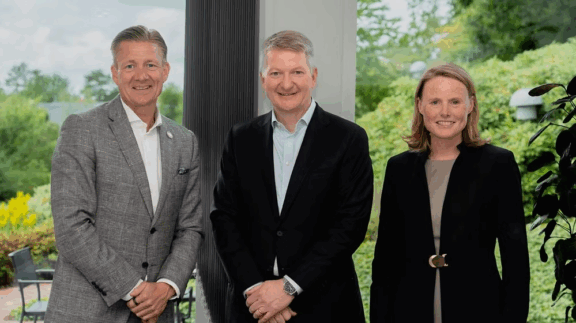Equity at the Tap
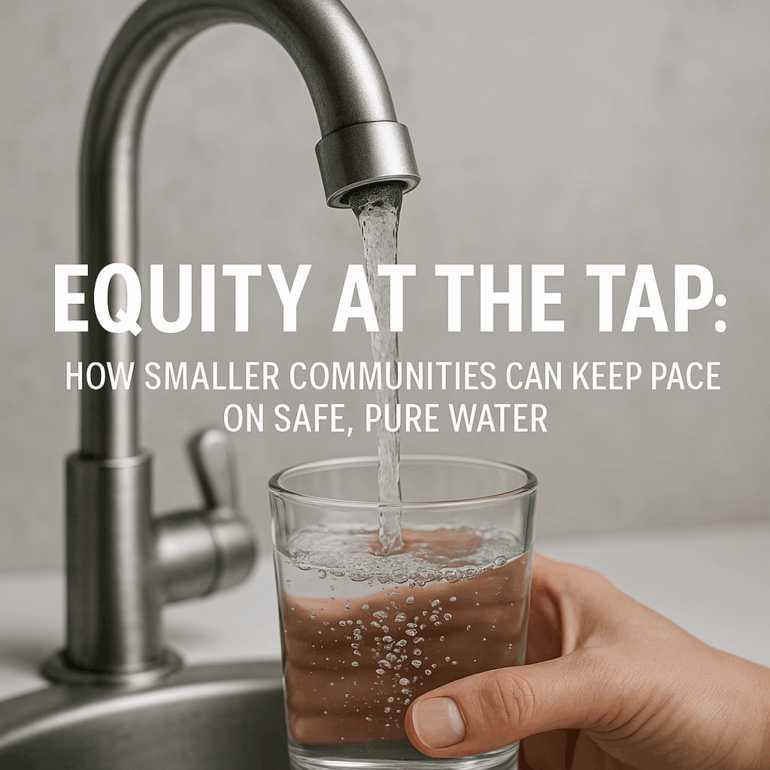
How Smaller Communities Can Keep Pace on Safe, Pure Water
Across America, safe drinking water is universal in principle but unequal in practice. Small communities face rising costs, aging infrastructure, and regulatory complexity that larger cities can absorb more easily. Yet the solutions, and the stakes, are the same:
Every household deserves to turn on the tap and trust what comes out.
Newterra recently contributed critical technology to what is believed to be the nation’s largest PFAS installation in Wilmington, DE. (Read the case study: Stanton Water Treatment Plant, Wilmington Delaware | Newterra )
Yet across the U.S., the path to safe drinking water looks very different for small towns than for large cities. That gap isn’t philosophical; it’s structural: funding, staffing, regulatory complexity, and the sheer age of assets all weigh more heavily on smaller systems than on big utilities.
Based on the EPA’s 7th report to Congress from 2023, nationally, the U.S. faces $625 billion in drinking-water needs over the next 20 years, everything from treatment upgrades to distribution mains and storage. But that burden is not distributed evenly. Ninety-one percent of community water systems (CWSs) are “small”, serving 10,000 people or fewer, while just 9% of systems (the largest) serve roughly 79% of Americans. In practice, the smallest systems carry outsized per-capita costs and are more likely to struggle with repeated violations. Not for lack of care, but for lack of scale.
Study in Small Towns: Nebraska and Iowa
In Nebraska, Small Towns, Big Bills
Keeping nitrate out of drinking water is expensive. Often hundreds of thousands to millions for small Nebraska towns facing aging assets and nitrate exceedances. Investigative reporting documents multiple communities “shelling out millions” for nitrate treatment, rate impacts, and tough tradeoffs. Nebraska Public Media+1
Specific examples underline the scale: Glenvil (≈300 residents) completed a new pumphouse and well in 2019 for about $350,000 to address nitrate levels; Steele City (pop. 58) pursued about $900,000 in loans and grants to build a waterline to a neighboring system after years under a state order linked to high nitrates. water.unl.edu
State technical work further quantifies the burden: for small communities (<500 residents), the annual cost of nitrate treatment is estimated at $90–$650 per person, depending on configuration—an outsize per-capita load for very small rate bases. water.unl.edu
For context on the statewide issue and response, see Nebraska’s 2023–2024 Nitrate in Drinking Water Study (NDEE) and associated public materials. DWEE NE+2DWEE NE+2
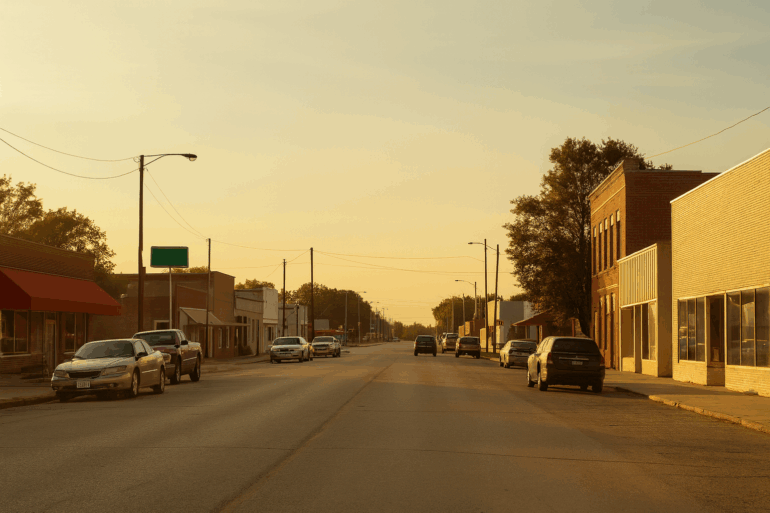
In Iowa: Targeted Funding, Cluster Thinking
Across the border, Iowa has leaned on targeted aid to close gaps. In February 2025, the Governor announced $8+ million in grants to 18 communities through the Wastewater & Drinking Water Treatment Financial Assistance Program (WTFAP), a program funded in part by a tax on metered water and run annually through 2039. Governor Kim Reynolds
Award data from the 2024 cycle illustrates scale and leverage: Palmer received $500,000 toward a $1.545 million drinking-water project; Montezuma received $500,000 toward $5.225 million, typical of how state grants catalyze larger capital stacks (SRF, USDA loans/grants, CDBG, local match). Economic Development & Finance Authority
Program rules and outreach materials confirm annual availability (~$8 million) and per-project caps ($500,000) with priority to disadvantaged communities and projects that materially improve water quality.
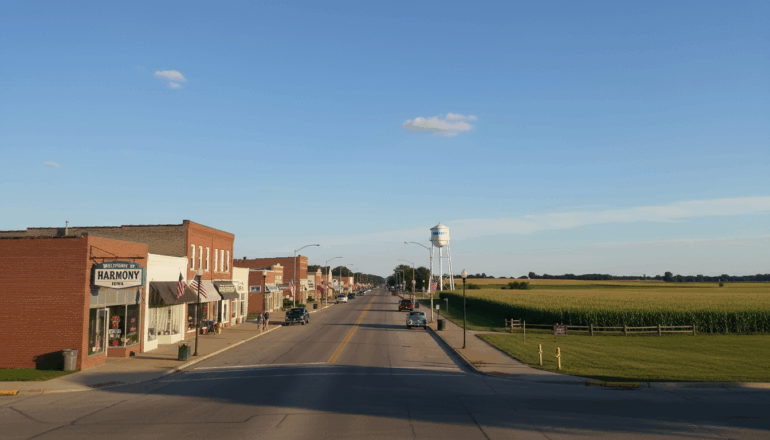
Regulation, Reality, and Trust
Policy continues to move equity forward, most visibly on lead. Federal rules now push aggressive lead service line replacement timelines nationwide, elevating the standard for safe water while putting pressure on capital planning. For small systems already juggling disinfection byproducts, emerging contaminants (e.g., PFAS), and routine monitoring, the need for predictable, low-headloss designs and serviceable media trains becomes a matter of resilience, not just preference.
The human stakes remain high. Research and advocacy groups estimate 2.0–2.2 million people in the U.S. still live without running water or basic plumbing—disproportionately in rural and under-resourced areas—while many more face intermittent service quality issues. Equity at the tap is ultimately about eliminating these gaps so everyone can live with the assurance of clean water.
Explore Newterra’s Potable Solutions: Potable Water Treatment Systems | Newterra
What Works on the Ground
Patterns from successful small-system projects, regardless of geography, are consistent:
- Phaseable treatment: Start with the immediate need, but plan footprints and valving for future expansion.
- Media you can manage: Specify GAC (and specialty media where appropriate) with well-understood breakthrough behavior; build sampling ports and flow-balance controls that make data collection and reporting routine.
- Service baked in: Schedule predictable media changeouts (rather than reactive), and design access for safe, fast media handling.
- Design for operators: Layouts and instrumentation that reduce troubleshooting time are equity tools too, because time and headcount (or expertise) are often the scarcest resources in small utilities.
When these pieces come together, small systems reduce lifecycle cost per gallon and raise compliance confidence.
Explore Newterra’s GAC & Media Services ›
The Equity Standard
The country’s infrastructure conversation is shifting: equity is no longer a side note, it’s a standard by which success can be judged. Meeting that standard means marrying funding with practical engineering: modular pressure vessels that scale, GAC programs that perform predictably, and service models that keep plants running day-in, day-out. Nebraska’s nitrate towns and Iowa’s grant recipients are examples of what works.
Safe, pure water shouldn’t depend on population size. Fortunately, there are attainable and realistic systems solutions that deliver it for any population size.
If Newterra can be of support to you, let’s talk now
Article by Nathan CW Smith, SVP Lifecycle Services & Marketing
